What is NFC?: Exploring the Benefits and Applications of Near Field Communication (NFC)

You may have recently heard chatter about NFC, RFID, contactless sharing or mobile payments. Maybe you know someone who has a contactless business card, tag, or other NFC product and found you were asking yourself “what is NFC?!” In a world full of expanding knowledge and ever evolving technology, it’s easy to lose track of all these new advances. One of these is the easy to use-and free to most smartphone users- technology of near field communication.
In this article you will learn:
-What is NFC?
-How does an NFC chip work?
-Different uses of NFC
-How NFC affects daily life
-NFC and sustainability
-The difference between NFC and RFID
What is NFC?
NFC, or Near Field Communication, is a technology that allows for wireless communication between devices. It operates using radio frequencies and allows for the exchange of data over short distances, typically a few centimeters and up to a few inches. You can find Merriam-Webster’s definition of NFC here.
How does an NFC chip work?
In the image below you can see the microchip found in all NFC products. In this example, it is represented inside of a contactless NFC business card. This chip has specific data programmed into it, which can connect to a wide variety of things such as website URL’s, Contact sharing, phone shortcuts, WiFi connectivity, payment hubs, capturing leads etc. This data is transferred via the small antenna/inductor that is connected to it. The antenna then uses radio frequencies to send th information to the reader on the other side of the transaction. This NFC reader can be found in most smartphones, as well as payment hubs, and other locations.

What is NFC used for?
One of the primary uses of NFC is in mobile payments. Many smartphones, including those that run on Android and Apple’s iOS, come equipped with NFC technology, which allows users to make payments at retail stores simply by tapping their phone against a terminal. Android users tap to pay via Google Pay and Apply users via Apple Pay. This makes the checkout process faster and more convenient, as it eliminates the need to swipe a card or enter a PIN.

(Photo Credit: IntegraSources)
In addition to mobile payments, NFC is also used in a variety of other applications. For example, NFC tags, which are small chips that can be embedded in products or placed on signs and posters, can be used to trigger actions on a smartphone. For example, an NFC sticky tag on a phone could be programmed to open a purchasing website when tapped with an NFC-enabled phone, making mobile payments simple and precise. Other products such as programmable business cards make contact sharing and capturing leads quicker and easier than ever. NFC gives the user power to share whatever is chosen to a recipient with just one tap of the selected product.
NFC technology is also being used in a growing number of industries, including healthcare, transportation, and marketing. In the healthcare industry, for example, NFC technology is being used to track the movement of medical equipment and to verify the identity of patients and healthcare providers. In the transportation industry, NFC is being used to enable contactless ticketing on buses, trains, and subways. And in the marketing industry, NFC is being used to deliver personalized content to consumers and to track the effectiveness of advertising campaigns. There is a great article by The National Library of Medicine on how NFC technology is being used in biomedical applications here.
NFC and Sustainability
NFC can contribute to sustainability by making it easier for people to use mobile payments instead of cash or credit cards, which can reduce the environmental impact of producing and distributing physical payment methods. Additionally, NFC can be used to facilitate the exchange of information and data between devices, which can help to reduce the need for printing and distributing physical documents. Having reusable NFC products such as sustainable bamboo and sustainable cherry wood, can save resources and reduce waste.
What’s the difference between NFC and RFID?
NFC and RFID or Radio-Frequency Identification, are two technologies used for wirelessly exchanging data over short distances. NFC has a range of less than 4 inches and is used for transferring small amounts of data such as a URL or contactless payment, while RFID has a larger range of up to several feet and can store and transfer more complex information. These transactions can be quick and efficient with NFC accessories such as bracelets and keychains. NFC requires both the reader and the tag to be able to send and receive data and is powered by the reader's magnetic field, making it more expensive and secure. RFID can operate in either one-way or two-way communication and requires a battery to operate. NFC is suitable for high security and small data transfers over short distances, while RFID is better for large data transfers over longer distances.

Overall, NFC is a powerful technology that is making it easier for people to make payments, access information, and interact with the world around them. The availability of NFC products such as reusable NFC business cards, sticky tags, and accessories make quick work of data sharing between individuals. Technology moves us forward and, as the use of NFC continues to grow, it is likely that it will become an increasingly important part of our daily lives.

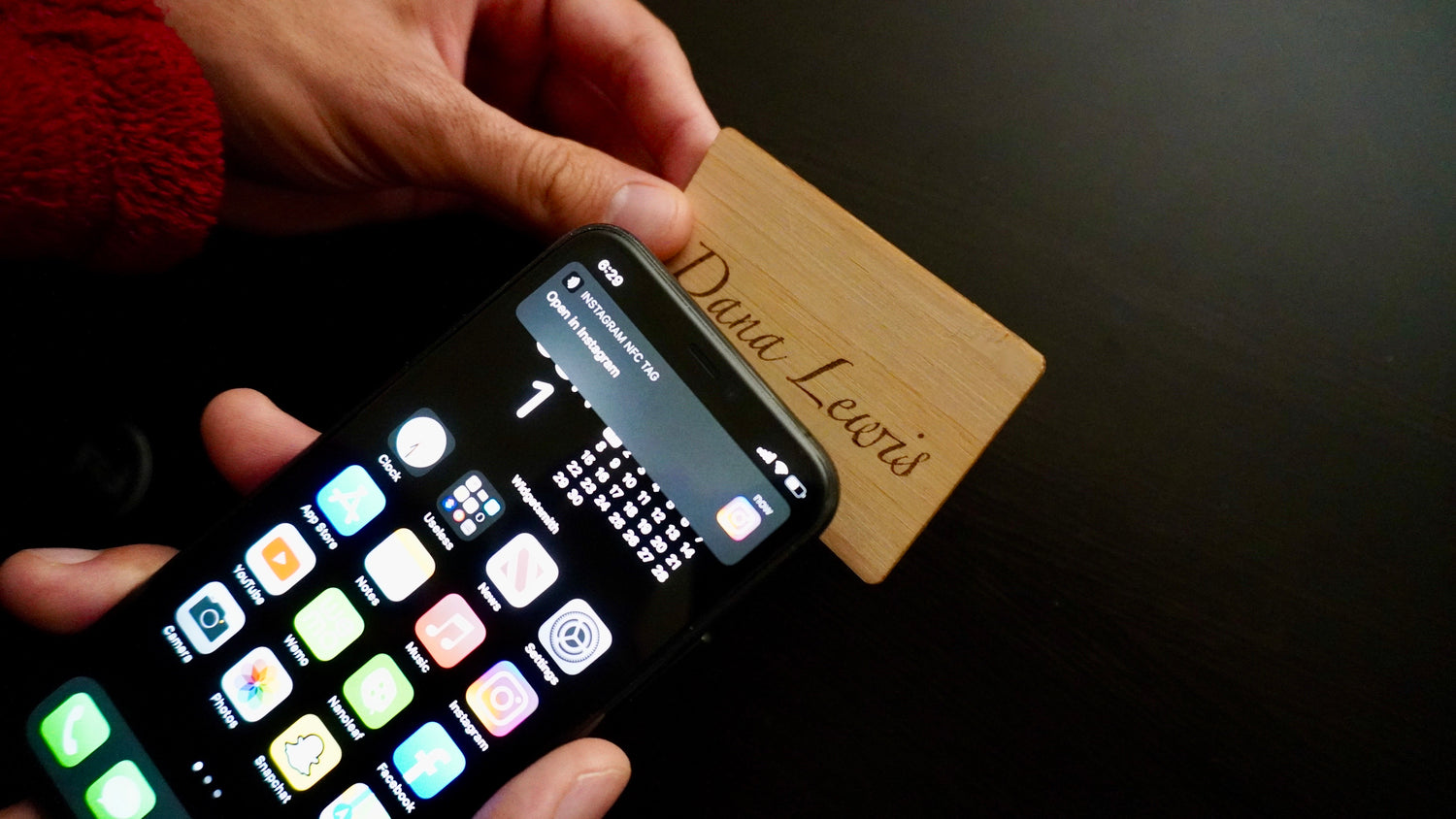
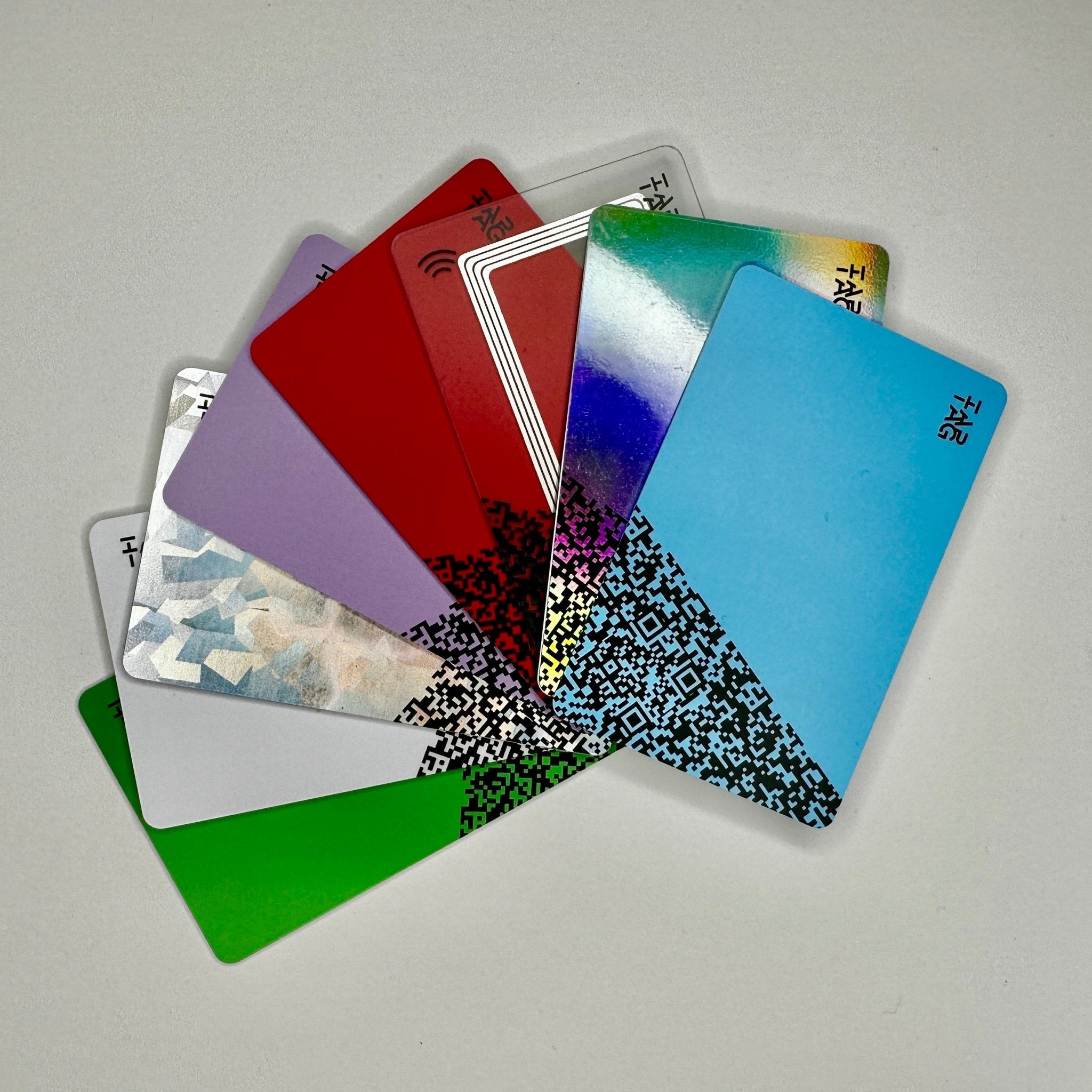
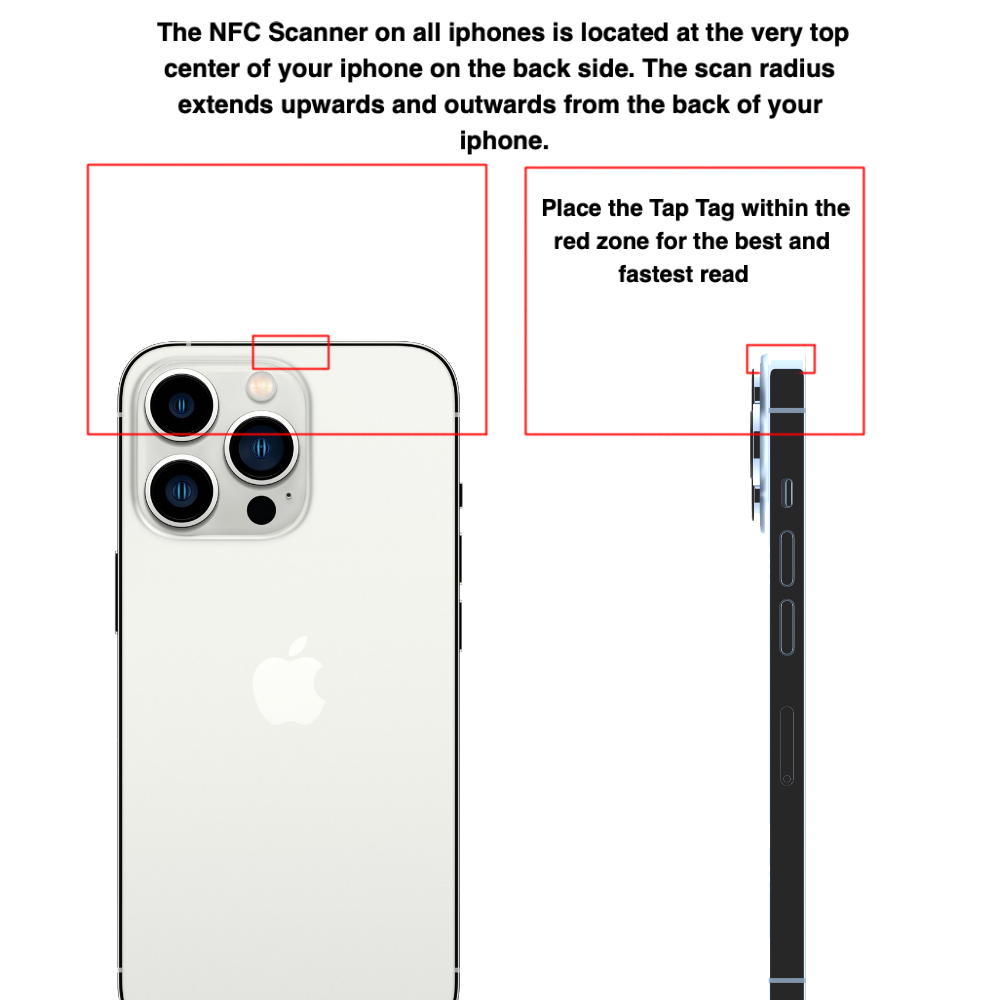
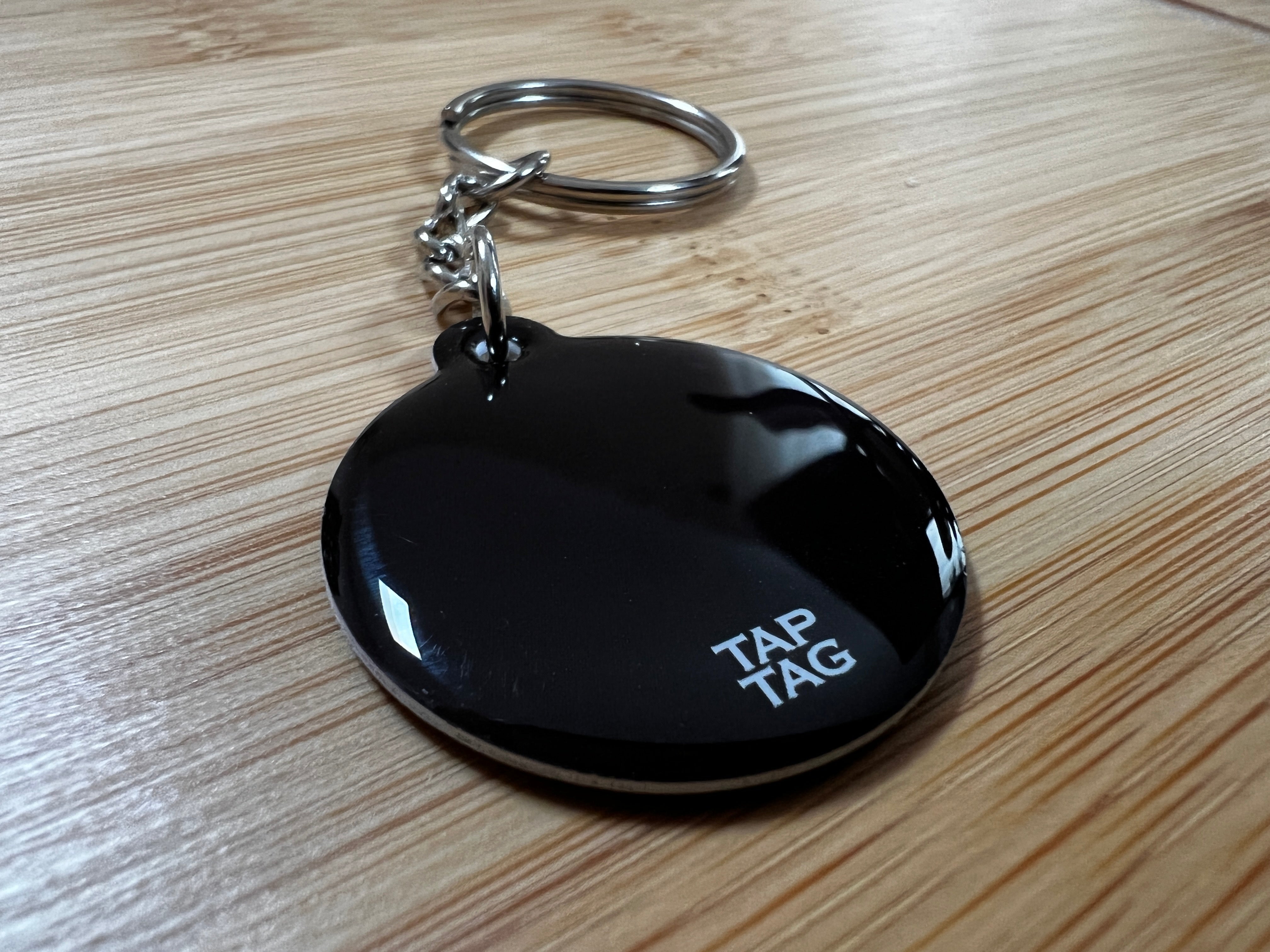
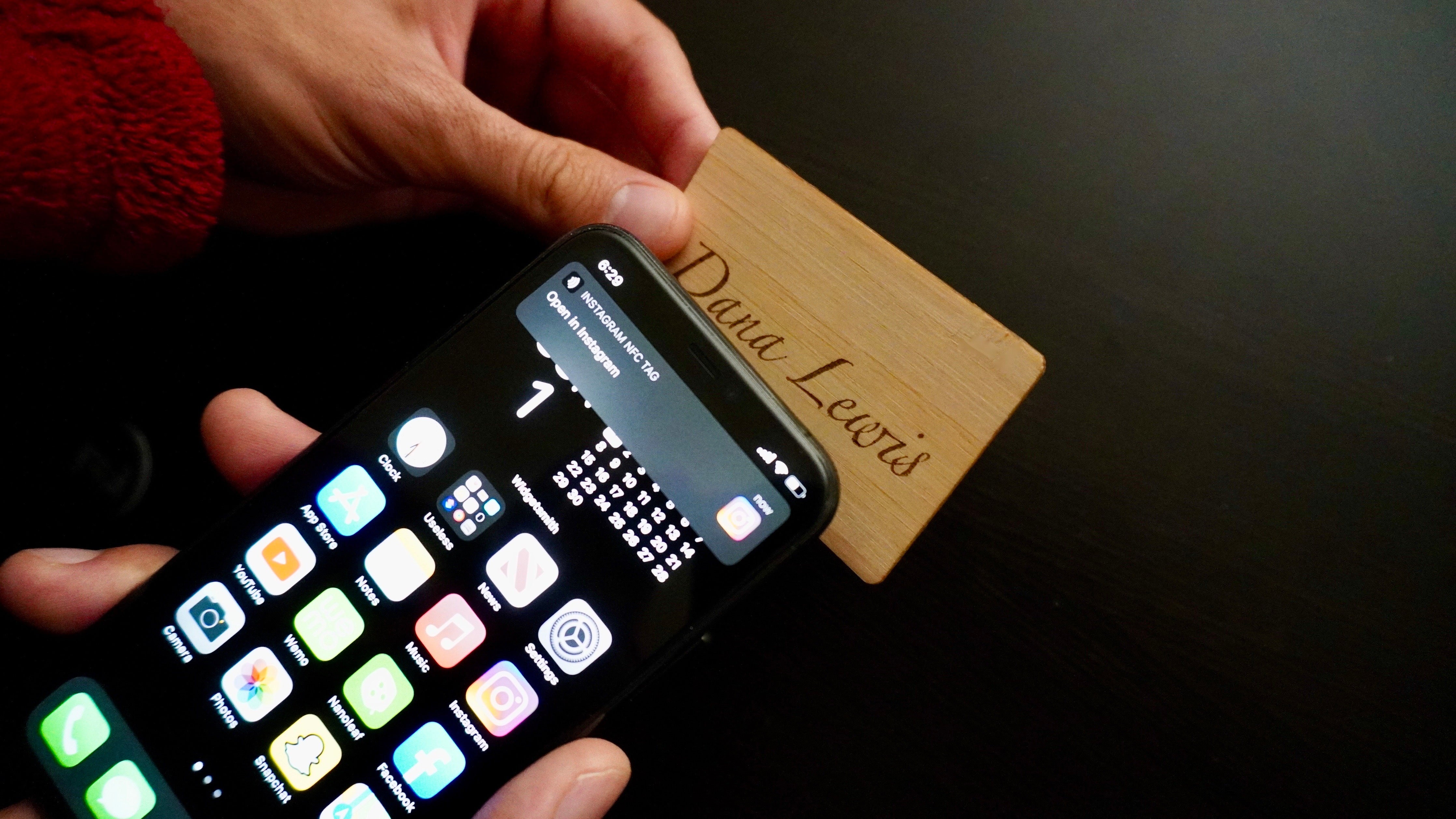



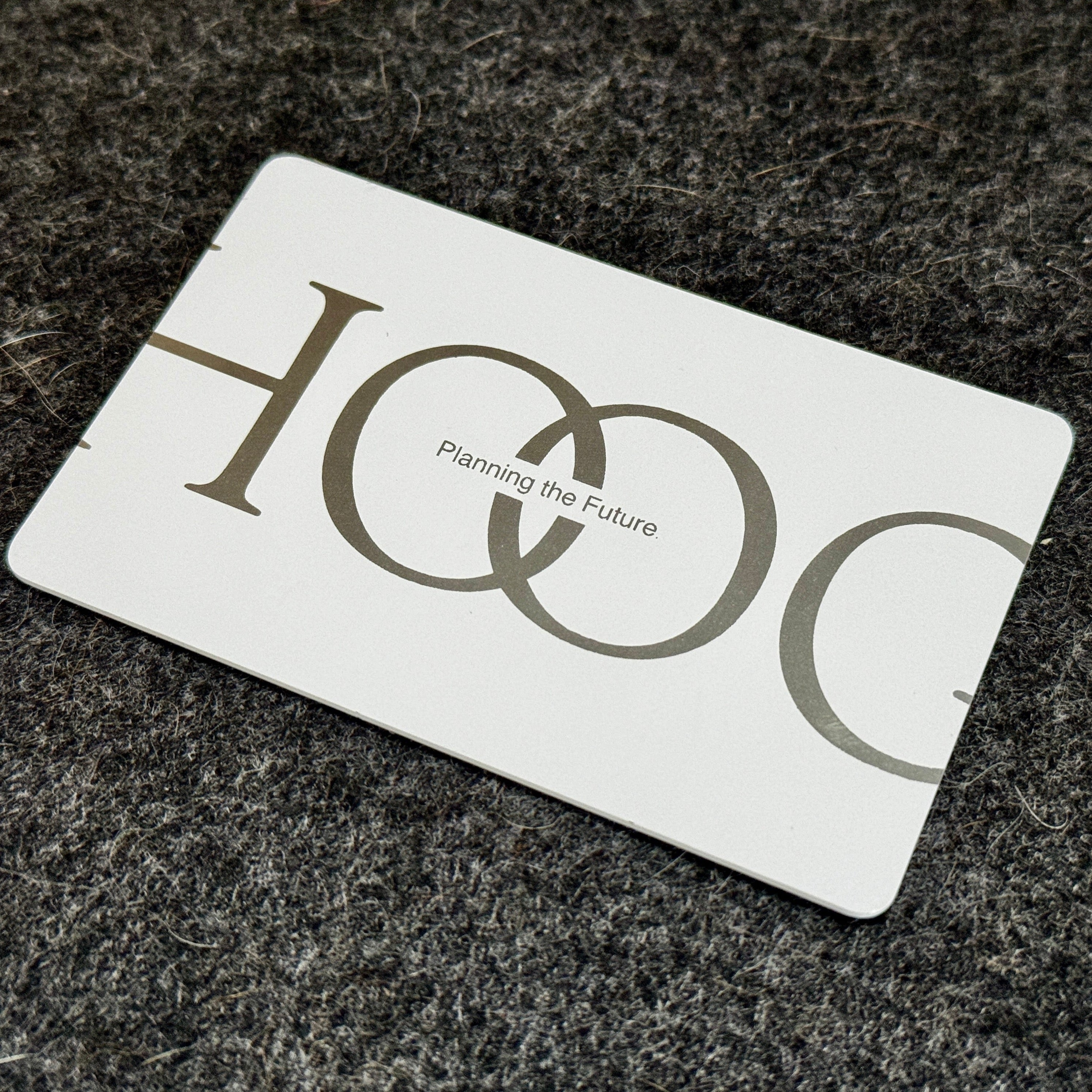

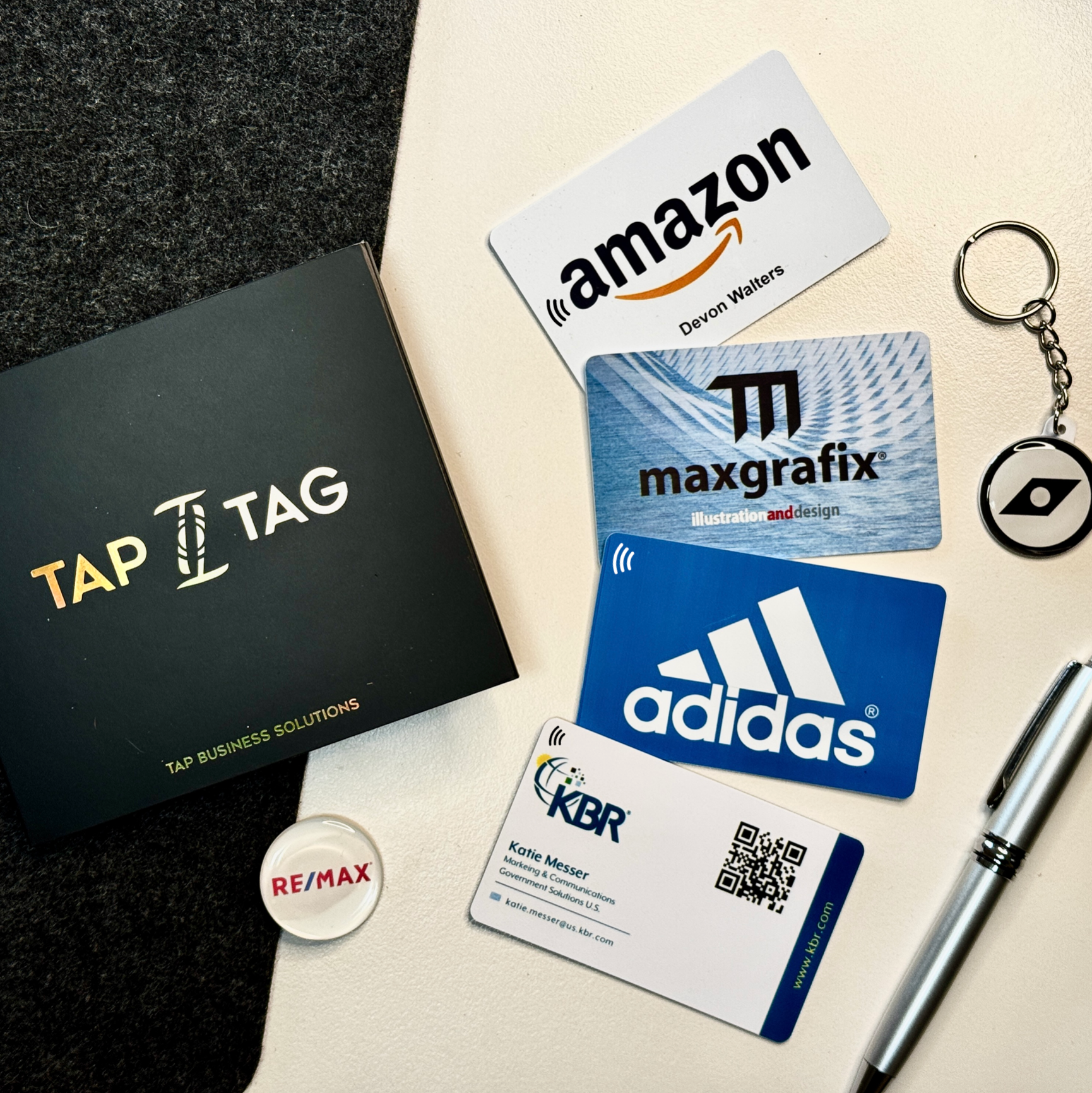
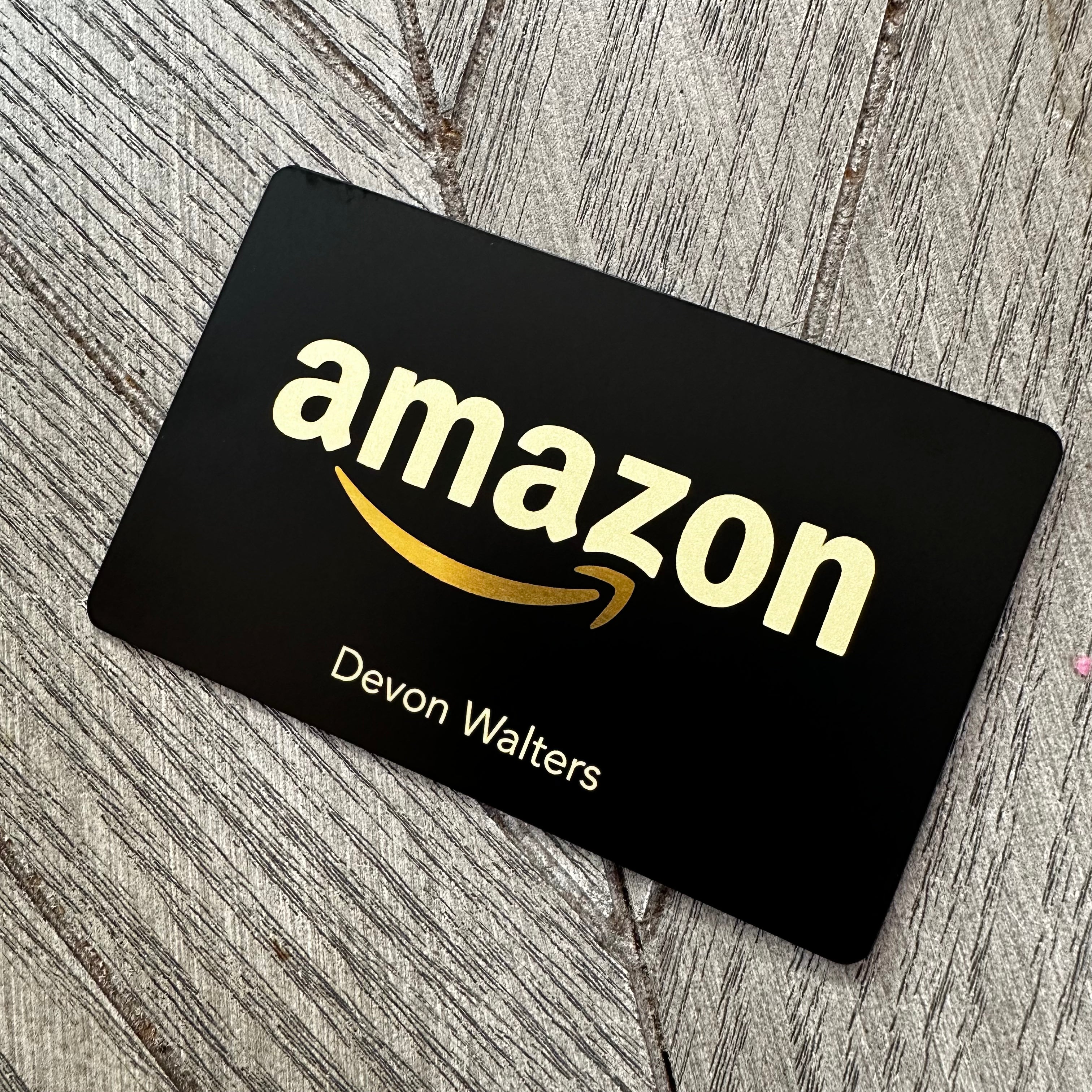

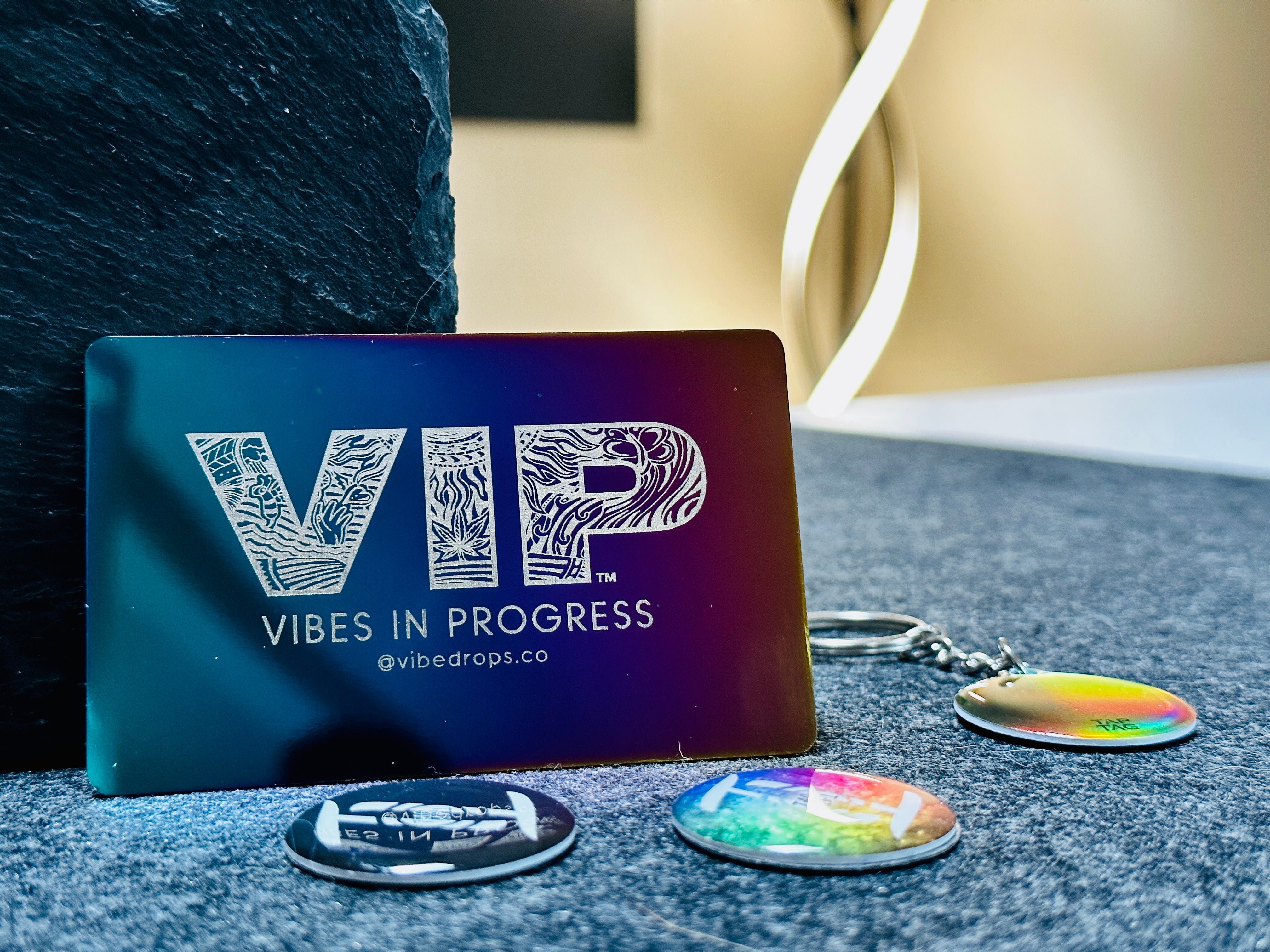
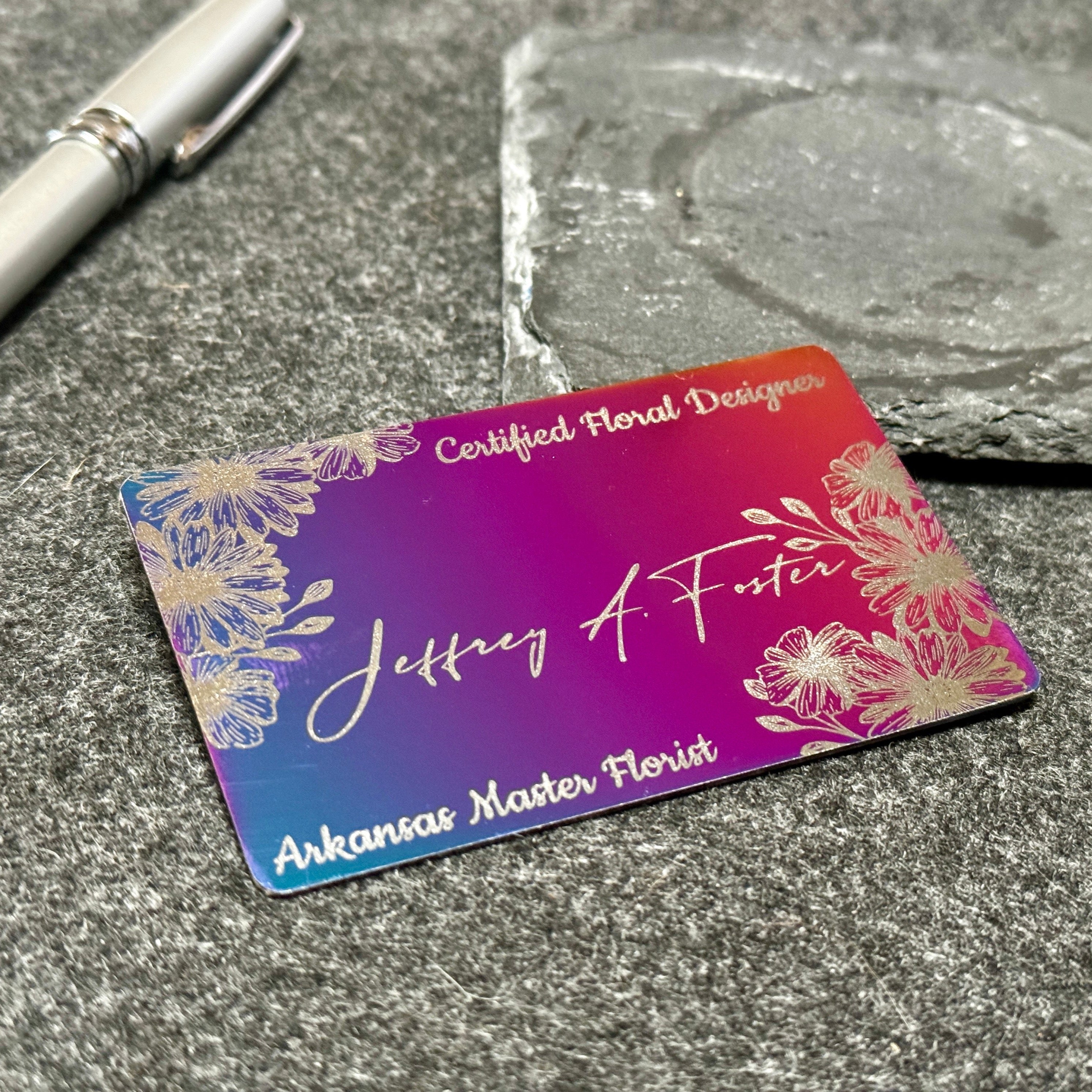
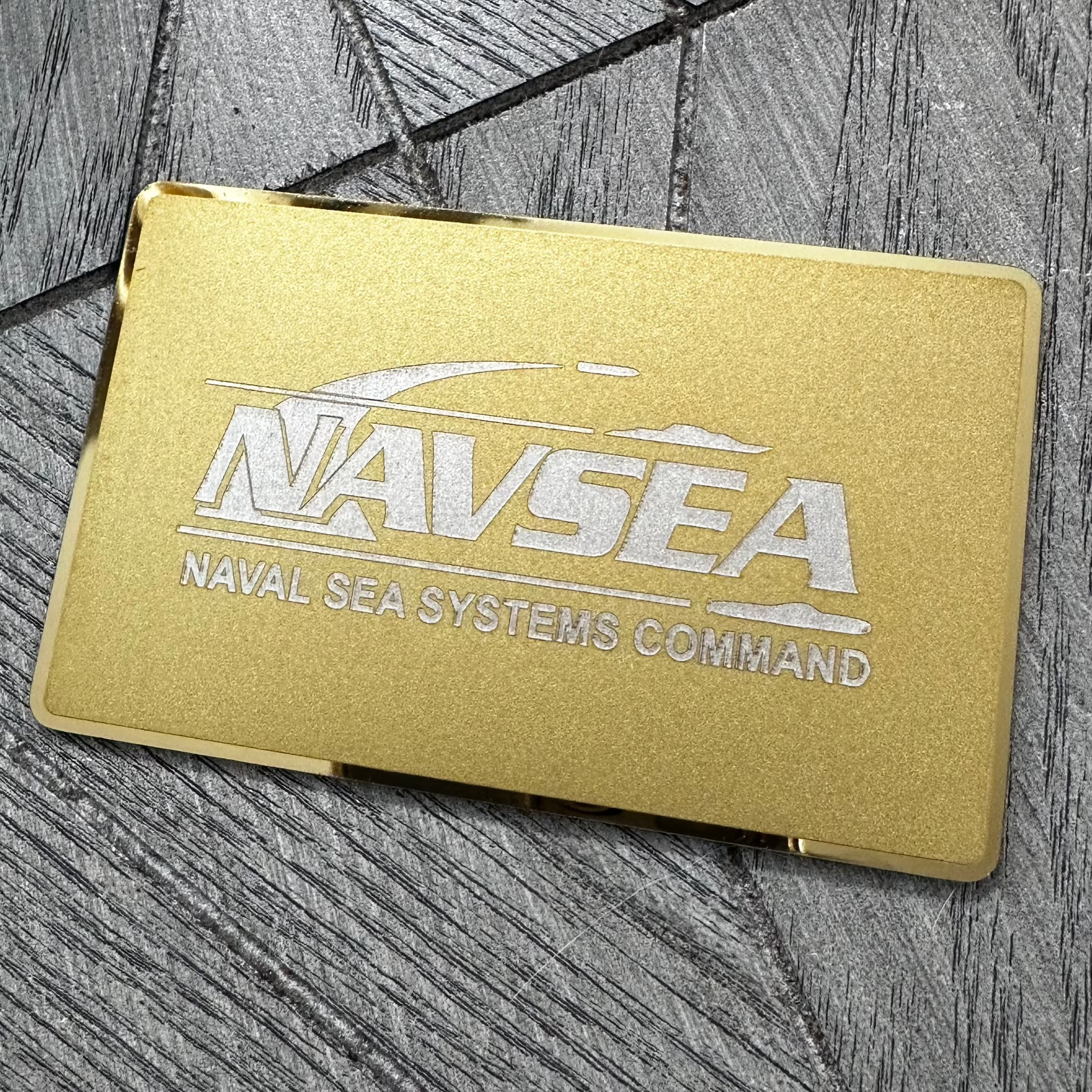

Leave a comment
This site is protected by hCaptcha and the hCaptcha Privacy Policy and Terms of Service apply.